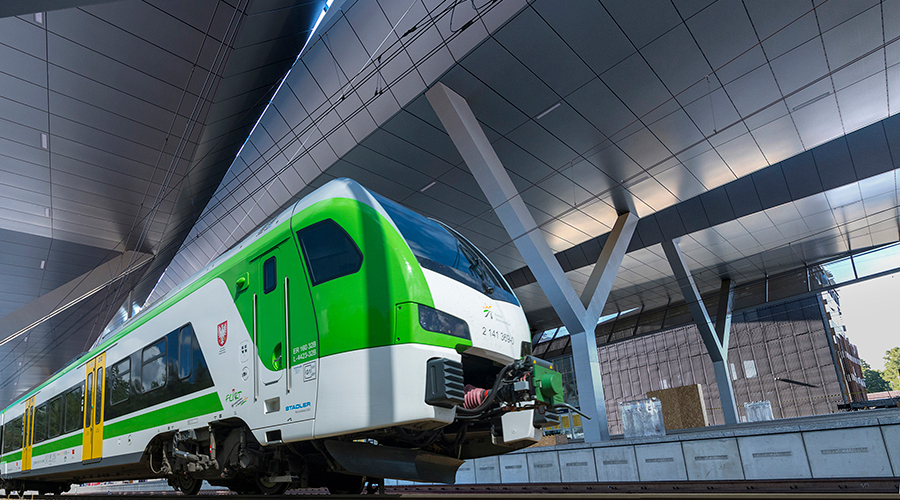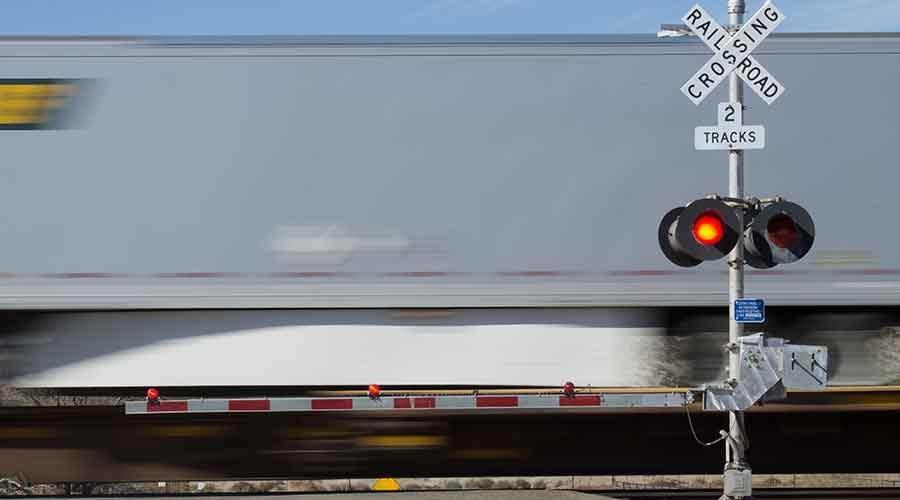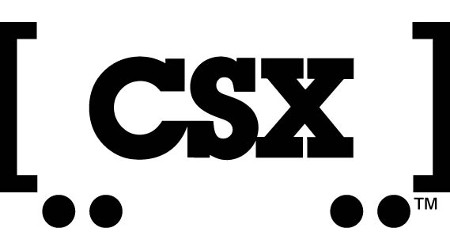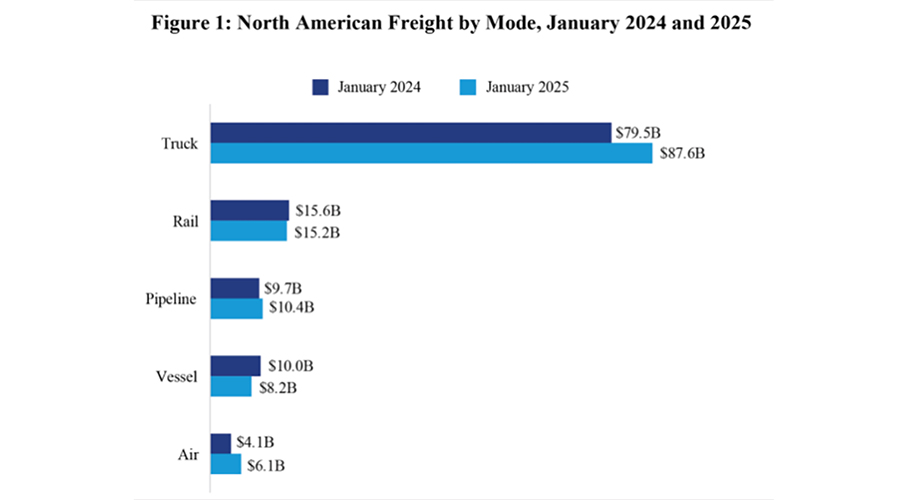Stay updated on news, articles and information for the rail industry
8/28/2023
Rail News: Federal Legislation & Regulation
Canada's TSB warns of safety risks from locomotive, trackside fires
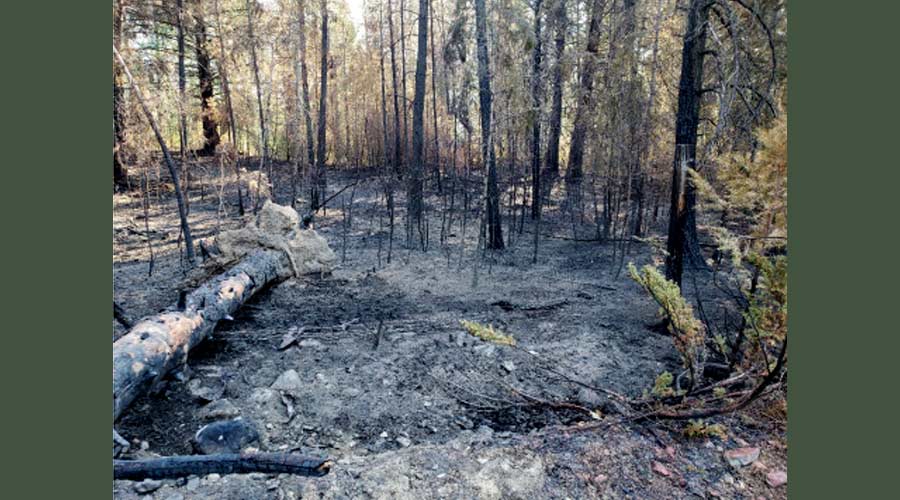
After investigating a 2021 freight-train locomotive fire, the Transportation Safety Board of Canada (TSB) last week announced railroads must do more to monitor freight-rail locomotives for common types of fires.
Early detection of locomotive fires would allow for prompt intervention to prevent them from spreading to trackside and beyond the right of way, the board said. The TSB warning comes at a time when Canada has been ravaged by record-setting wildfires over the past several months.
The incident that prompted the warning was a 2021 fire on a Canadian Pacific (now Canadian Pacific Kansas City) freight train in Elko, British Columbia. On July 8, 2021, the train was traveling east on the Cranbrook Subdivision near Caithness, British Columbia, when its mid-train locomotive experienced a mechanical failure that resulted in flames and embers emanating from the exhaust stack, likely causing a trackside fire.
Due to the locomotive’s remote position in the train, the locomotive fire went undetected until it was observed by the crew of a train moving in the opposite direction, TSB officials said in a press release.
A member of the public reported the trackside fire, which grew to 1.2 hectares, and was extinguished by the local volunteer fire department with the help of the British Columbia Wildfire Service.
According to the province’s fire danger ratings, the fire danger in the Elko area was high on that day. Fires on remote locomotives are not uncommon, with 34 incidents involving mid-train/tail end locomotives reported in the 10 years before the July 2021 incident. An additional 21 fires were reported between the CP locomotive fire and the end of June of this year.
Currently, modern freight locomotives are not equipped with real-time sensors to monitor, detect and automatically communicate locomotive fires. As a result, the rail industry relies on inspections of passing trains by railway employees and on reports from the public, TSB officials said.
"This creates a risk that an on-board fire will go undetected for an extended duration, potentially migrating to the right-of-way and beyond," they added.
Railroads use third-party equipment to wirelessly transmit locomotive data to a central processing center; however, these systems are not designed to detect fires or alert train crews. Wayside inspection systems are strategically located to monitor select safety-critical parameters, but they lack cameras or heat sensors to detect fires, including those on remote locomotives, board officials said.
After the TSB investigation, CP implemented the following measures:
• no locomotive is operated through areas where the fire danger is rated extreme, unless it’s been inspected in the previous 15 days;
• extreme weather fire risk mitigation plans that address fire detection, monitoring and response measures; and
• enhanced vegetation control measures along the right of way.
In addition, the rail industry developed the "Railway Extreme Heat and Fire Risk Mitigation Rules," which were approved by the minister of transport. The rules require railroads to have appropriate methods in place to detect and prevent fires during periods of extreme fire risk.
Although "encouraged" by the industry’s adoption of those rules, there is insufficient data to assess the rules’ impact on reducing onboard fires and right-of-way fires, TSB officials said.
"Therefore, the board is concerned that steps have not been taken to leverage and expand the use of existing on-board locomotive systems to monitor remote locomotives for common types of fires while trains are in operation," they added.
The final report of the board’s investigation can be downloaded here.
Contact Progressive Railroading editorial staff.


 LRW Honors Amtrak’s Acheson As Railway Woman Of The Year
LRW Honors Amtrak’s Acheson As Railway Woman Of The Year
 From Editor-In-Chief Foran: Of Gender Equity And Inclusion
From Editor-In-Chief Foran: Of Gender Equity And Inclusion
 Spotlight On Some Of Today’s Rail Safety Products
Spotlight On Some Of Today’s Rail Safety Products
 Women of Influence in Rail eBook
Women of Influence in Rail eBook
 railPrime
railPrime





